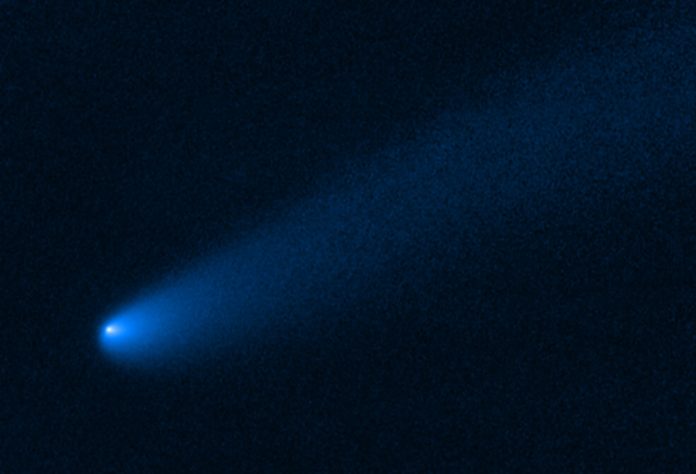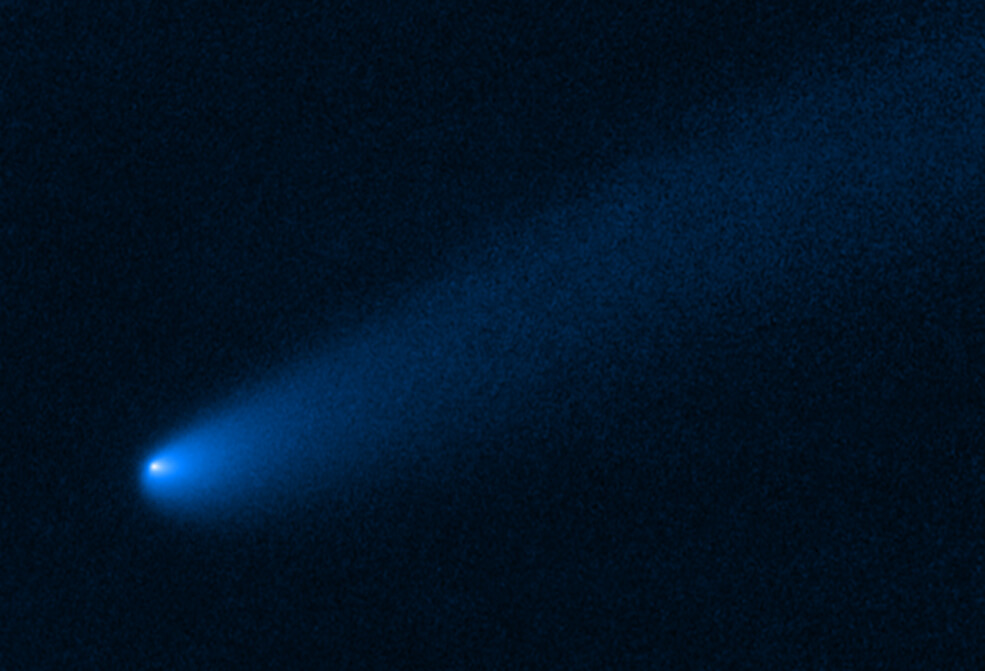
But could a comet from another star system hold the keys to the galaxy’s most elusive population of wandering ice worlds? NASA will provide its clearest look yet at 3I/ATLAS, the third confirmed interstellar comet to visit our solar system, in a live-streamed event from the Goddard Space Flight Center on November 19th. This rare opportunity will feature imagery collected by an ad hoc network of spacecraft and observatories that reveal the behavior of this comet as it speeds through its brief solar encounter.

1. A Rare Visitor in Our Celestial Neighborhood
Discovered on July 1, 2025, by the NASA-funded Asteroid Terrestrial-impact Last Alert System (ATLAS), 3I/ATLAS follows in the footsteps of 1I/‘Oumuamua and 2I/Borisov. Its hyperbolic trajectory confirms it originated beyond the Sun’s gravitational influence, likely ejected from a distant star system billions of years ago. Traveling at 130,000 mph (209,000 km/h), it reached perihelion on October 29, coming within 130 million miles of the Sun before beginning its outward journey back to interstellar space.

2. Multi-Mission Observations Across the Solar System
NASA’s assets, from the Hubble Space Telescope to the Mars Reconnaissance Orbiter, have tracked 3I/ATLAS from multiple vantage points. Hubble’s high-resolution imaging placed the diameter of the comet’s nucleus at no more than 3.5 miles (5.6 km), but it could be as small as 1,000 feet. Other missions-the James Webb Space Telescope, TESS, and the Neil Gehrels Swift Observatory-have added spectral data to help researchers determine its volatile composition. Ground-based facilities, such as the W.M. Keck Observatory, have rounded out the space-based observations, allowing scientists to monitor changes in activity almost in real time.

3. ESA’s Mars-Based Precision Breakthrough
In early October, 3I/ATLAS passed within 19 million miles (30 million km) of Mars, enabling ESA’s ExoMars Trace Gas Orbiter to capture images from an unusual angle. Triangulating this data with Earth-based observations improved the trajectory predictions by a factor of ten. Such unprecedented accuracy enables astronomers to point instruments precisely at the comet, optimizing data collection before it disappears into deep space. For the first time, astrometric measurements from a spacecraft orbiting another planet were accepted into the Minor Planet Center database.
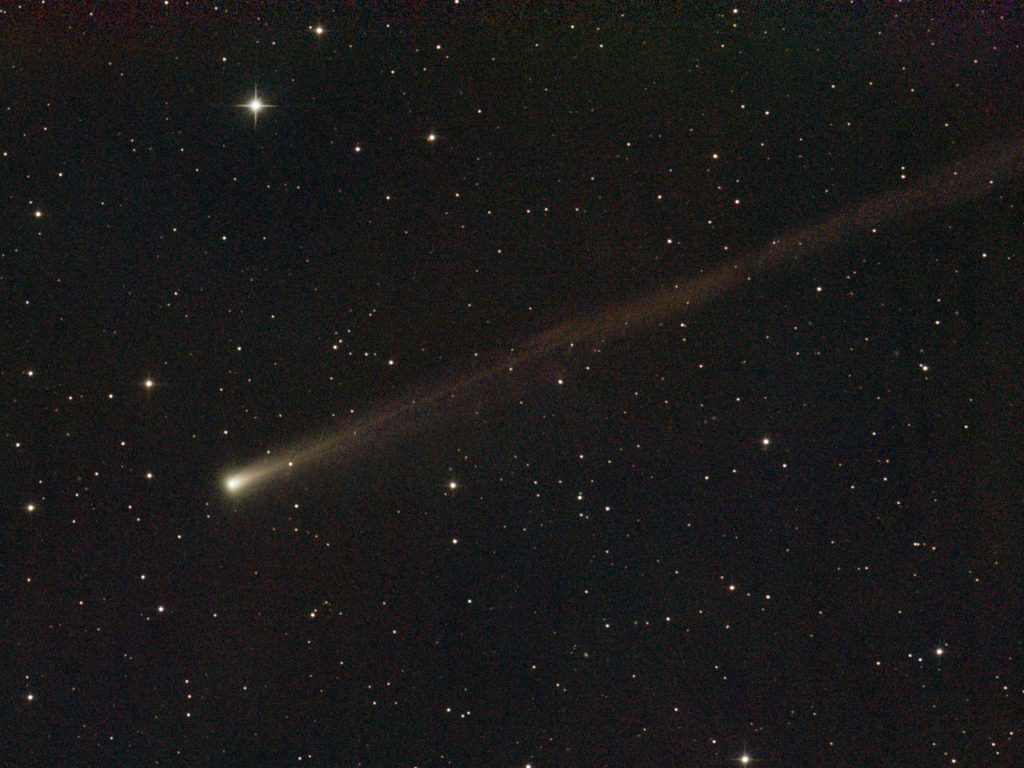
4. Anomalous Cometary Chemistry
Spectroscopy unveiled a carbon dioxide-dominated coma with very little water vapor present, quite unusual for comets at those heliocentric distances. This implies either a unique formation environment in the home system or chemical processing due to long-time cosmic-ray exposure. Observations also revealed an unusual gas-phase nickel-to-iron abundance that varied with the comet’s approach to the Sun, affording a rare view of the metallic content of interstellar mat.
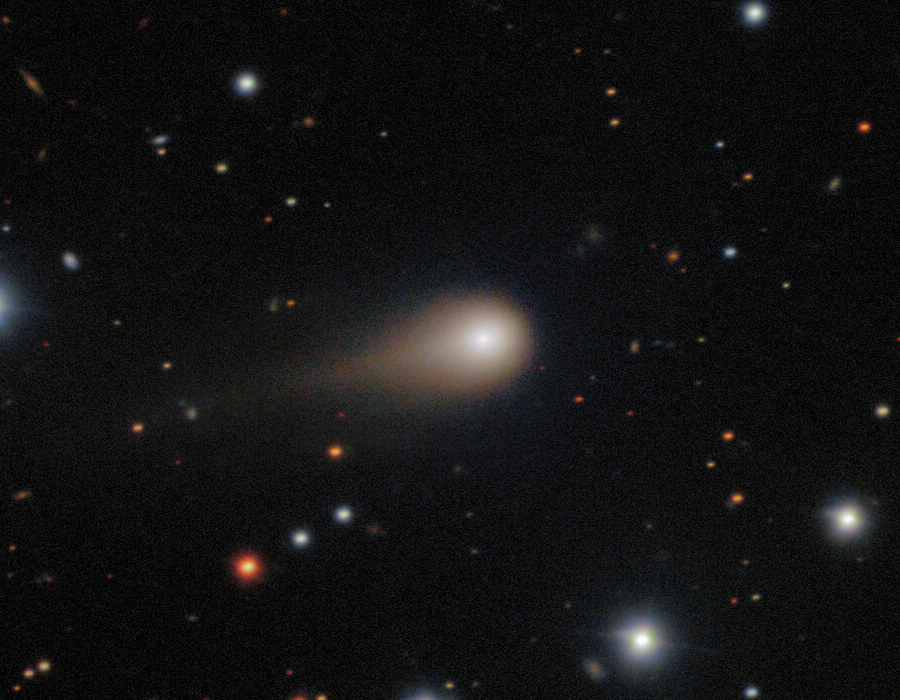
5. Tracking Non-Gravitational Forces
Like other active comets, 3I/ATLAS is subjected to subtle trajectory shifts caused by jets of gas and dust that act as natural thrusters. These non-gravitational accelerations complicate orbital predictions, making continuous monitoring an essential component. Citizen astronomers in the Unistellar Network have contributed photometric data to document a series of unexpected brightening events and tail changes that occurred at perihelion.

6. Engineering Challenges in Observation
Capturing the faint and fast-moving object from Mars orbit required repurposing instruments designed for planetary imaging. The ESA’s CaSSIS camera was designed for high-resolution views of the Martian surface and was pointed at the distant comet, for which operators accounted for the spacecraft’s rapid motion around Mars. Very similar challenges face the ESA’s Jupiter Icy Moons Explorer, JUICE, currently observing 3I/ATLAS post-perihelion, though data transmission constraints mean results will arrive in early 2026.

7. Planetary Defense and Future Missions
While 3I/ATLAS poses no threat to Earth, the observation campaign serves as an exercise for tracking potentially hazardous objects. Triangulating data from various locations in the solar system may prove critical in planetary defense scenarios. ESA’s Neomir mission will resolve blind spots caused by the Sun’s glare, while the Comet Interceptor mission will fly directly to a future comet-possibly an interstellar one.
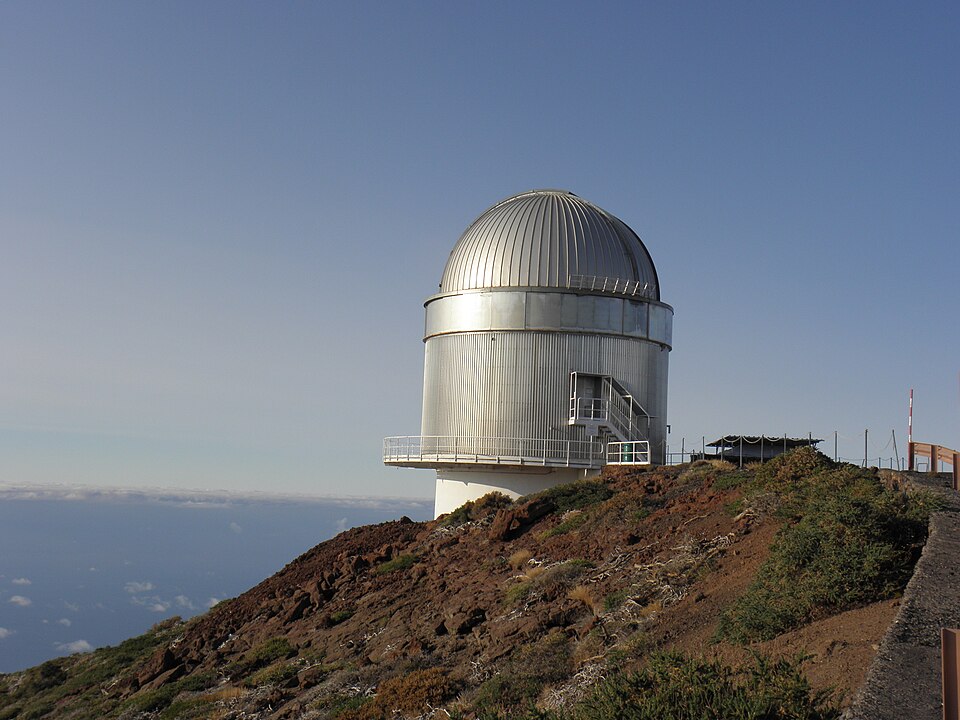
8. Anomalies and Open Questions
Recent images from the Nordic Optical Telescope indeed showed strong jet activity without any signs of fragmentation. The energy budget of the comet was questioned, as calculations pointed out that sublimation rates would necessitate surface areas considerably larger than those inferred from Hubble’s size estimates. This has engendered debate among researchers, and while most scientists explain the discrepancies as a natural process, some, such as Avi Loeb, advise considering all possibilities when something totally unexplained is observed.
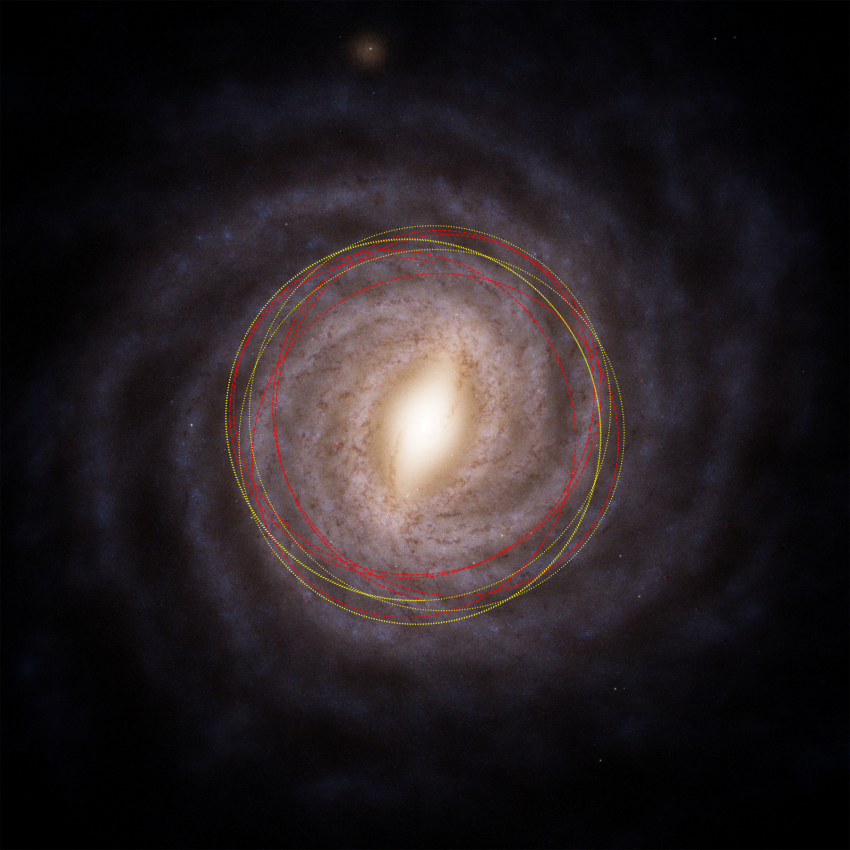
As 3I/ATLAS approaches its closest pass to Earth on December 19 still a distant 170 million miles away the live NASA event will give the public a rare chance to witness the culmination of months of coordinated observation. Each frame and spectrum captured represents another step for astronomers toward understanding the diversity of icy wanderers that drift between stars.
